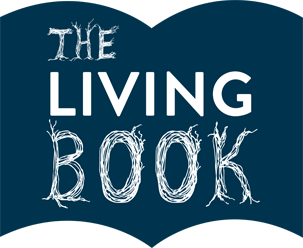Back to lesson plans
- Age 12 - 14
- Hours 1.5 - 3.5
Introduction
Previous knowledge:
In the previous classes students read different fragments of literature for children doing reading exercises like: scanning, skimming, multiple choice, true/false. They also learnt how to make descriptions referring to both physical and character traits.
As homework, they had to write a short fragment about a character they feel they have something in common and motivate the choice.
Note: The activities in this lesson can be done with any fragment describing or referring to famous characters from literature or films.
Process
Activities:
1. Teacher does a Kahoot test with all students called „ Famous Characters from Books”.
2. Students read loud their homework, in front of the classroom, about the character they feel they have something in common. The other students can ask questions.
3. Students read a fragment from the selected book (Virginia Evans, Jenny Dooley, Upstream pre-intermediate, 2009) about characters larger than life. The teacher explains the difficult words and asks students what else they know about the stories mentioned in the text: The Lord of the Rings, Peter Pan, Snow White. Teacher asks students what means “larger than life” in this context.(attracting a lot of attention or characters whose characteristics are exaggerated)
4. Students say a few words about each story expressing, at the same time, their likes/dislikes. The differences between a hero and a villain are pointed out and more examples from literature are given.
5. Group work: Students work on a specific task related to the fragment they have just read, in groups, for 20-25 minutes. The, each group presents the outcomes to the other classmates
Group A: Students imagine Peter Pan transmitting a message to all students using Pic Collage App (take a photo from the Internet and making it look alive by using bubbles for the message). One student from the group can act Peter Pan`s role.
Group B: A Quiver colouring page with a dragon is given (From Quiver app for AR). Students have to write a fragment about the dragon, telling its equivalent in Romanian literature, looking for more information on the Internet. Then, they enliven it using the Quiver app when reading the fragment to the class. Some students from the group may imitate the dragon while others read about it.
Group C: Using Pixton Comic Maker, students have to imagine a dialogue between 2 students of their age talking about the two characters, Saruman and Frodo Baggins, from the story „The Lord of the Rings”. Then students act the dialogue in front of the other students.
Group D: Students create a poster with villains in literature using auras from HP Reveal app. They could combine pictures with sound and film.
Group E: Students create a poster with heroes in literature using auras from HP Reveal app. They could combine pictures with sound and film.
Learning Objectives
- - Encourage reading by reading/talking/writing about favourite characters among students;
- - Improve students` reading, listening, speaking and digital skills;
- - Stimulate creativity and critical thinking through creative writing and using digital apps;
- - Motivate students to feel free to speak about their preferences and express opinions;
- - Develop public speaking skills among students.
Tools & Equipment
- Book: Virginia Evans, Jenny Dooley- Upstream, pre-intermediate B1(2009)
- Tablets
- Quiver sheets
- Coloured pencils
- A4 sheets for writing

 English (UK)
English (UK)  Português
Português  Estonian
Estonian  Greek
Greek  Italian
Italian  Română
Română